Bushman's hat
Hoodia gordonii is a small shrub (falsely said to be a cactus) that is claimed to suppress appetite. It seems the main bioactive (P57) cannot easily reach the brain to do this, and aside from failures of hoodia to suppress the appetite it may also be mildly toxic and imprudent to supplement.
Bushman's hat is most often used for
Last Updated:September 28, 2022
Hoodia gordonii is a small plant that is used as a famine food (to suppress appetite and thirst, to make suffering a famine a bit more bearable) and due to that is sought after for possible appetite suppressive effects. The first introduction of Hoodia to the first world (Europe and North America) was based on preliminary studies associated with the company producing Hoodia, and the lone independent study on Hoodia has noted that active dose recommended for a supplement not only failed to reduce appetite but was also associated with some mild and irregular toxic effects that need to be further investigated.
This plant appears to be a source of a large amount (well over 30) steroidal glycosides, and only one is said to be the activ ingredient (P57) yet most of the steroidal glycosides have no research on them. Due to this, the possible toxic effects in humans (confirmed in mice), and both the inefficacy on reducing appetite while having no other apparent marketable effects Hoodia gordonii does not appear to hold any promise for a dietary supplement.
- Hoodia
- Veldkos
- Slimming Cactus
- Trichocaulon Gordonii
- Stapelia Gordonii
- Hoodia Gordonii
- Garcinia Cambogia (another ineffective appetite suppressant)
Recommended doses of Hoodia Gorgonii tend to be around one gram of an extract of 70% steroidal glycosides or more, taken twice a day with each dose about an hour before a meal.
There is no evidence to suggest an optimal dose nor to support the above as being active, and the toxic dose in mice (as well as preliminary human evidence) is the exact same as the supplemental dose.
🚧 Under Renovation 🚧
The information in this section is slated for renovation — it will soon be transformed into a more usable (and readable!) form in the coming months. As such, the text in this section may be out of date and not up to Examine’s current standards for writing style.






